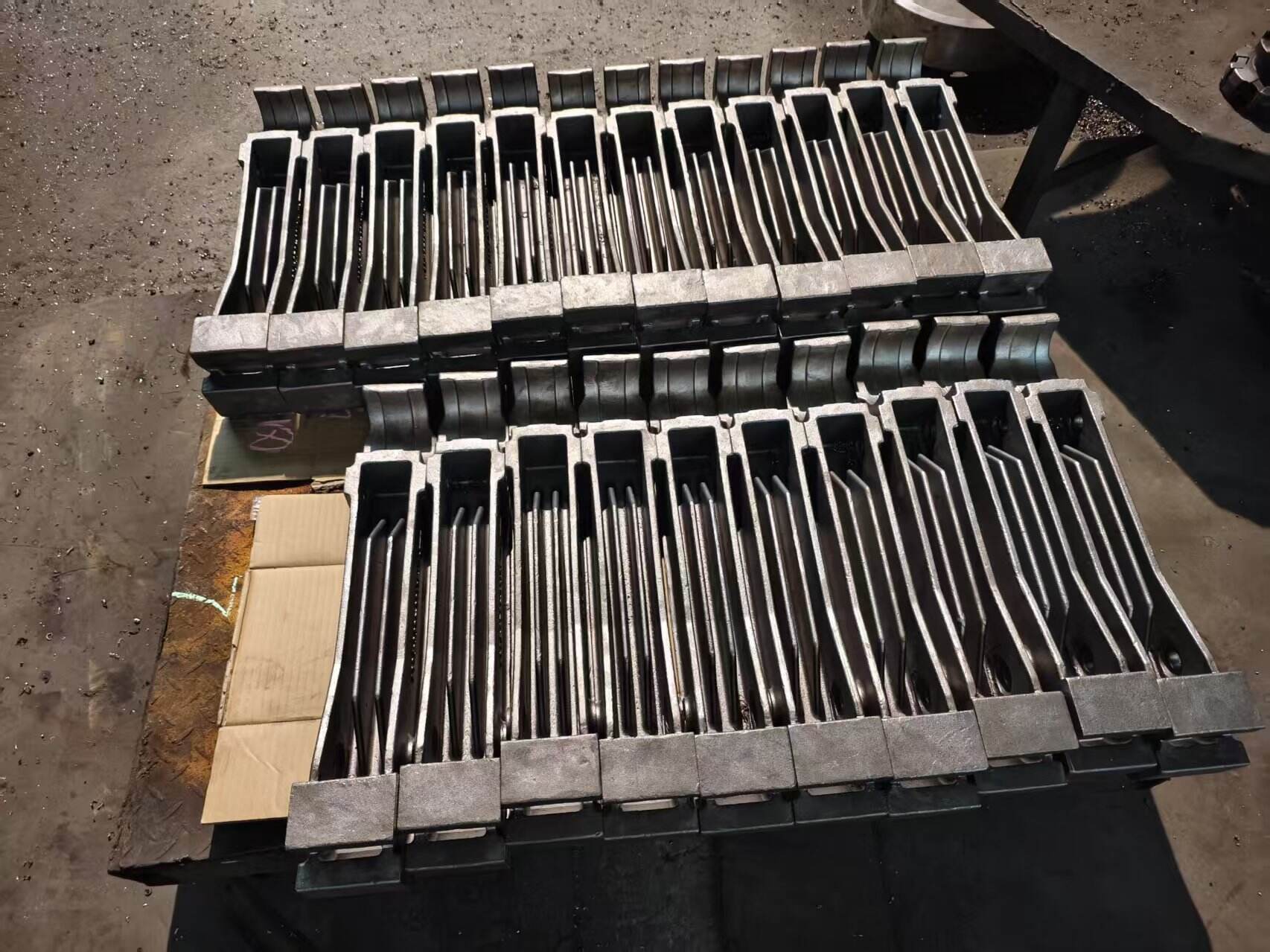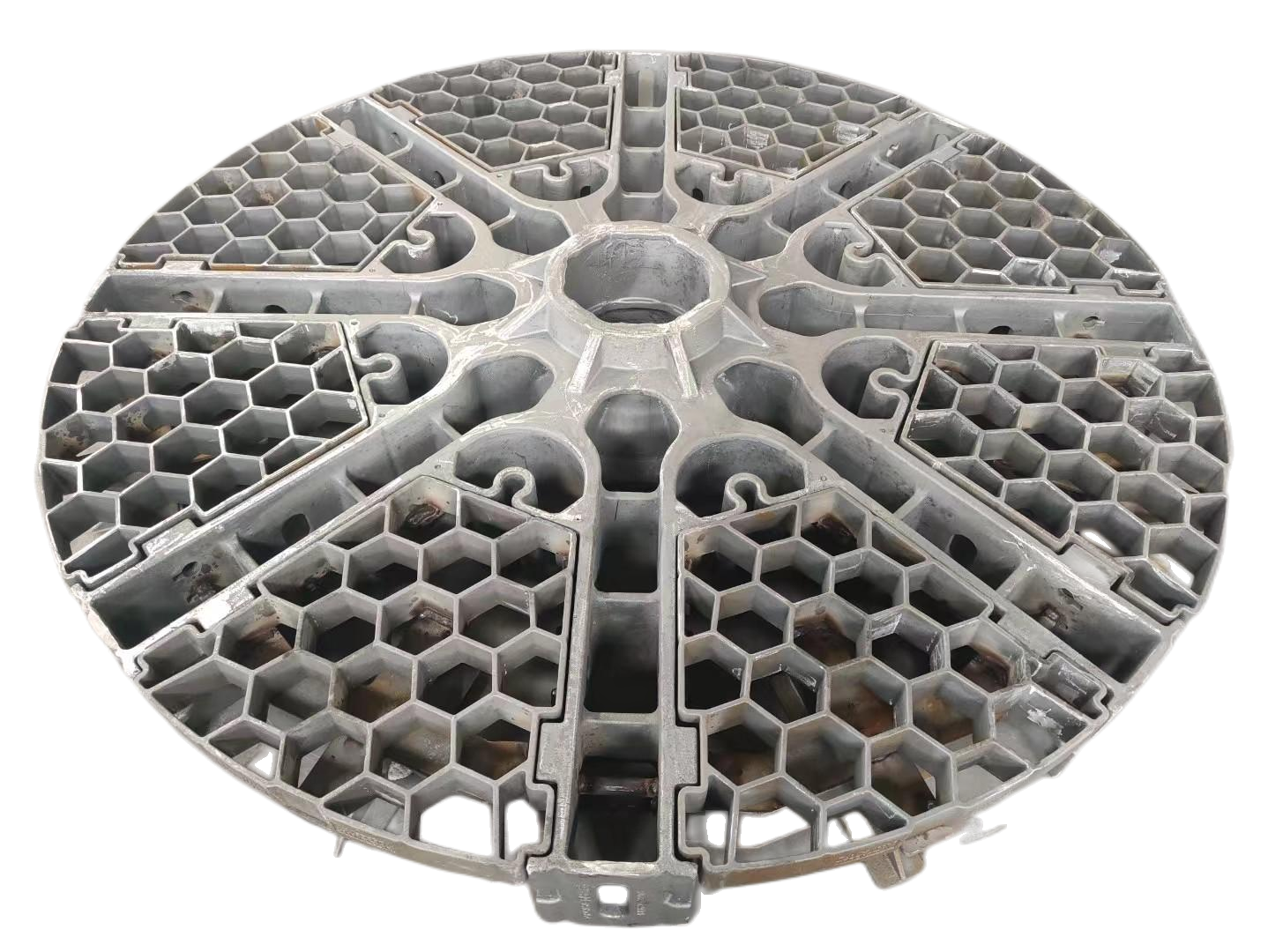centrifugal casting stainless steel
Centrifugal casting stainless steel represents a sophisticated manufacturing process that utilizes centrifugal force to create high-quality, seamless cylindrical components. This innovative method involves pouring molten stainless steel into a rapidly spinning mold, where centrifugal force distributes the material evenly against the mold wall. The process results in a dense, uniform structure with superior mechanical properties compared to traditional casting methods. The technology enables the production of various cylindrical products, including pipes, tubes, and bushings, with exceptional dimensional accuracy and surface finish. The centrifugal force applied during casting helps eliminate porosity and ensures optimal grain structure, leading to enhanced strength and durability. This manufacturing technique is particularly valuable in industries requiring high-performance stainless steel components, such as petrochemical, power generation, and marine applications. The process allows for precise control over wall thickness and material distribution, resulting in products that exhibit excellent concentricity and structural integrity.


